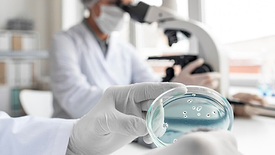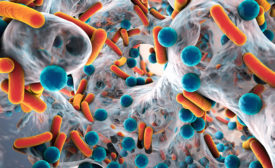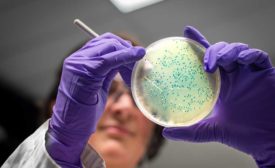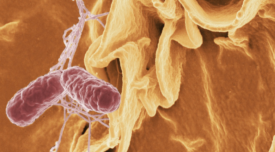Biofilm Control
Sponsored Content
eBook | Achieving Sanitation Success with Innovative Techniques, Simplified SSOPs, and Applied Technology
October 23, 2024
Never miss the latest news and trends driving the food safety industry
eNewsletter | Website | eMagazine
JOIN TODAY!Copyright ©2025. All Rights Reserved BNP Media.
Design, CMS, Hosting & Web Development :: ePublishing











